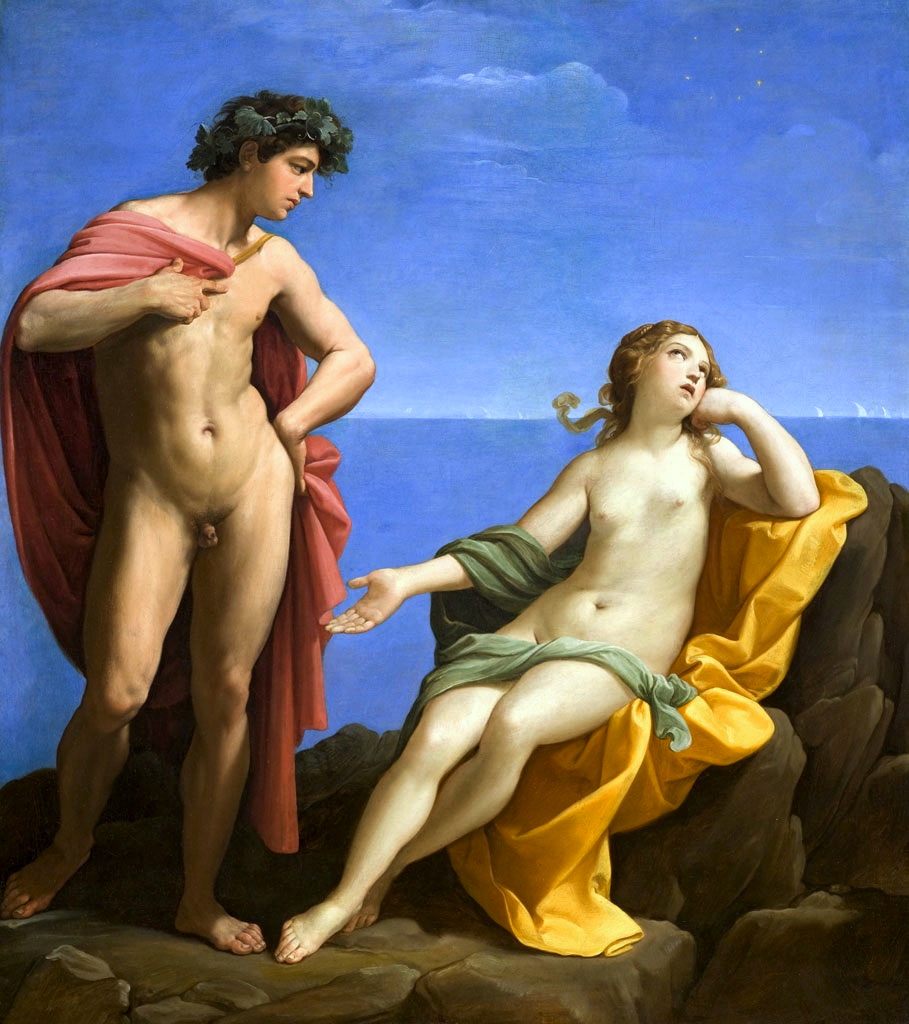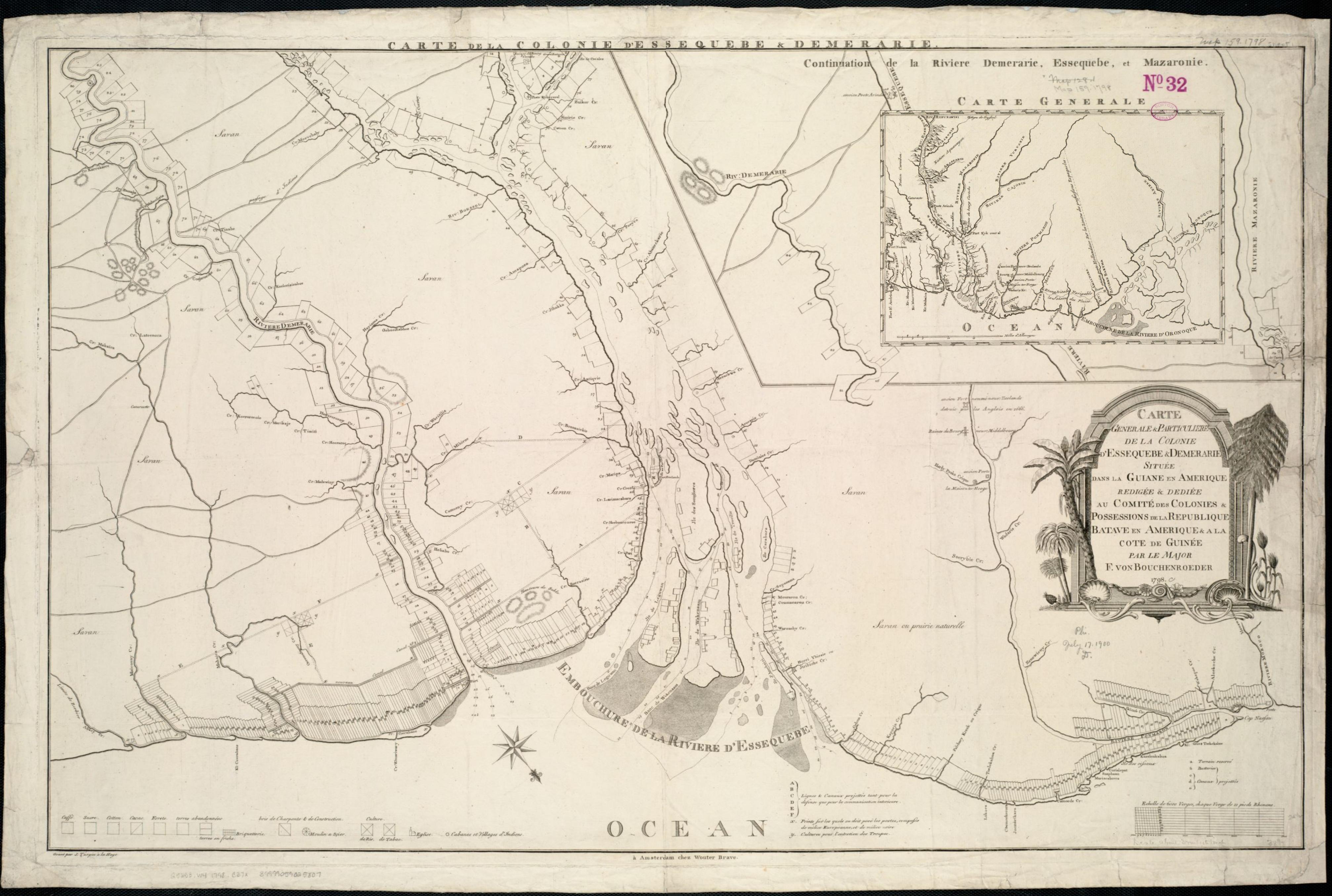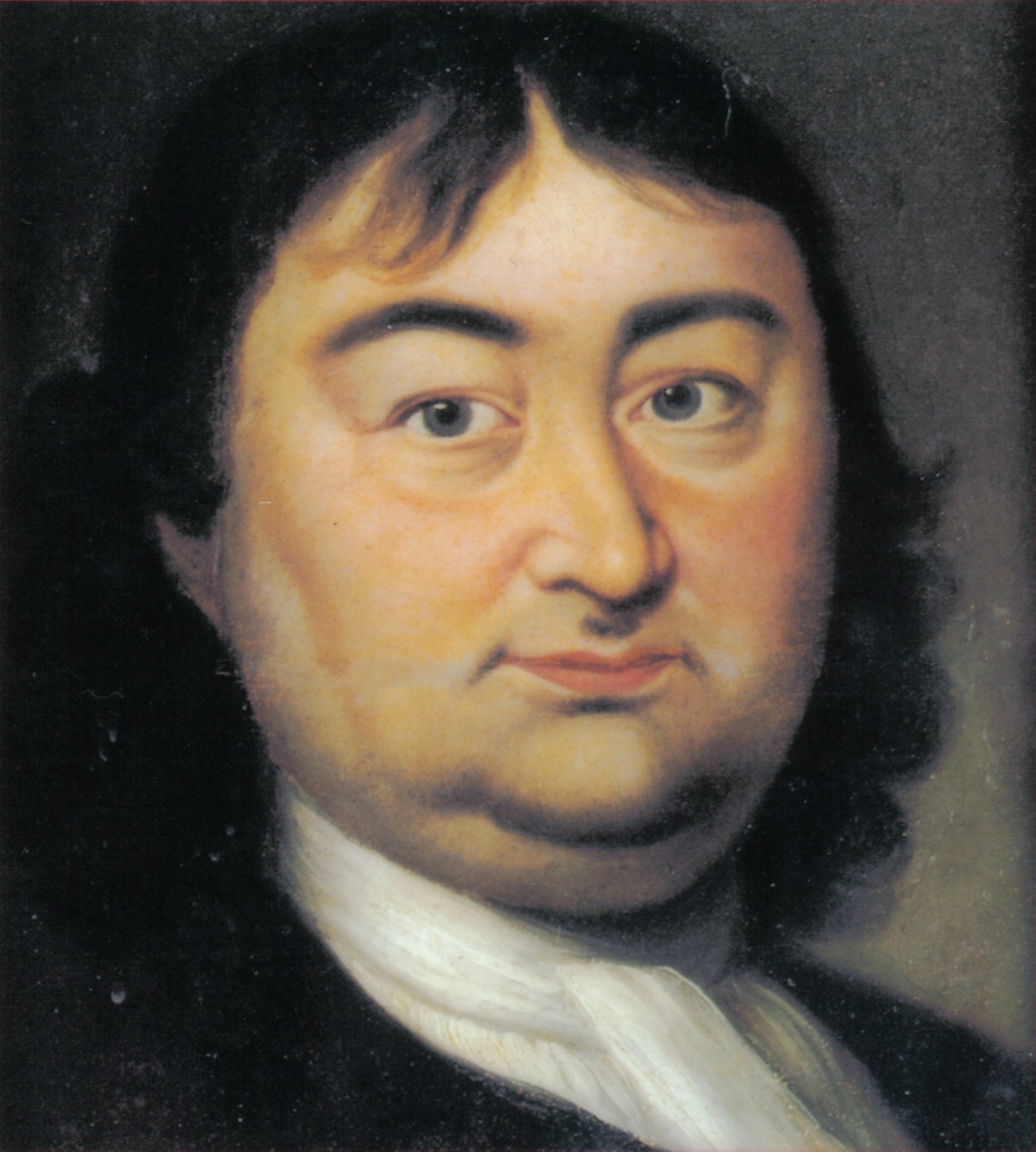|
Pierfrancesco Cittadini
Pierfrancesco Cittadini (1616–1681) was an Italian painter of the Baroque period, active mainly in Bologna and noted for his portraits and lush still lifes. Biography Initially a pupil of Daniele Crespi, Cittadini moved to Bologna before the age of 20 to study with Guido Reni Guido Reni (; 4 November 1575 – 18 August 1642) was an Italian painter of the Baroque period, although his works showed a classical manner, similar to Simon Vouet, Nicolas Poussin, and Philippe de Champaigne. He painted primarily religious ..., whose influence is clearly evident in such early works as the ''Stoning of Saint Stephen'', the ''Flagellation'' and the ''Crowning with Thorns'' in the church of Santo Stefano, Bologna. He travelled to Rome in the mid-1640s and came into contact with the French and Flemish artists living there. This international melting pot gave rise to an original artistic vocabulary aimed at the naturalistic depiction of reality in a vast number of still lifes, land ... [...More Info...] [...Related Items...] OR: [Wikipedia] [Google] [Baidu] |
Cittadini Simonetta Cavazzi Della Somaglia (1886–1960), Argentine painter
{{Surname ...
Cittadini is a surname. Notable people with the surname include: * David Cittadini, New Zealander technical innovator * Léo Cittadini (born 1994), Brazilian footballer * Lorenzo Cittadini (born 1982), Italian rugby player * Pierfrancesco Cittadini (1616–1681), Italian baroque period painter * Tito Cittadini Tito Cittadini (1886–1960) was an Argentine painter. He was born in Buenos Aires to Italian immigrants, and in 1907 he began the study of architecture in Buenos Aires. He traveled to Europe in 1910, and at that time decided to switch his study ... [...More Info...] [...Related Items...] OR: [Wikipedia] [Google] [Baidu] |
Baroque
The Baroque (, ; ) is a style of architecture, music, dance, painting, sculpture, poetry, and other arts that flourished in Europe from the early 17th century until the 1750s. In the territories of the Spanish and Portuguese empires including the Iberian Peninsula it continued, together with new styles, until the first decade of the 19th century. It followed Renaissance art and Mannerism and preceded the Rococo (in the past often referred to as "late Baroque") and Neoclassical styles. It was encouraged by the Catholic Church as a means to counter the simplicity and austerity of Protestant architecture, art, and music, though Lutheran Baroque art developed in parts of Europe as well. The Baroque style used contrast, movement, exuberant detail, deep colour, grandeur, and surprise to achieve a sense of awe. The style began at the start of the 17th century in Rome, then spread rapidly to France, northern Italy, Spain, and Portugal, then to Austria, southern Germany, and Russia. B ... [...More Info...] [...Related Items...] OR: [Wikipedia] [Google] [Baidu] |
Bologna
Bologna (, , ; egl, label= Emilian, Bulåggna ; lat, Bononia) is the capital and largest city of the Emilia-Romagna region in Northern Italy. It is the seventh most populous city in Italy with about 400,000 inhabitants and 150 different nationalities. Its metropolitan area is home to more than 1,000,000 people. It is known as the Fat City for its rich cuisine, and the Red City for its Spanish-style red tiled rooftops and, more recently, its leftist politics. It is also called the Learned City because it is home to the oldest university in the world. Originally Etruscan, the city has been an important urban center for centuries, first under the Etruscans (who called it ''Felsina''), then under the Celts as ''Bona'', later under the Romans (''Bonōnia''), then again in the Middle Ages, as a free municipality and later ''signoria'', when it was among the largest European cities by population. Famous for its towers, churches and lengthy porticoes, Bologna has a well-preserved ... [...More Info...] [...Related Items...] OR: [Wikipedia] [Google] [Baidu] |
Still Lifes
A still life (plural: still lifes) is a work of art depicting mostly inanimate subject matter, typically commonplace objects which are either natural (food, flowers, dead animals, plants, rocks, shells, etc.) or man-made (drinking glasses, books, vases, jewelry, coins, pipes, etc.). With origins in the Middle Ages and Ancient Greco-Roman art, still-life painting emerged as a distinct genre and professional specialization in Western painting by the late 16th century, and has remained significant since then. One advantage of the still-life artform is that it allows an artist much freedom to experiment with the arrangement of elements within a composition of a painting. Still life, as a particular genre, began with Netherlandish painting of the 16th and 17th centuries, and the English term ''still life'' derives from the Dutch word ''stilleven''. Early still-life paintings, particularly before 1700, often contained religious and allegorical symbolism relating to the objects dep ... [...More Info...] [...Related Items...] OR: [Wikipedia] [Google] [Baidu] |
Pier Francesco Cittadini Vanitas-Stillleben
Seaside pleasure pier in England.html" ;"title="Brighton, England">Brighton, England. The first seaside piers were built in England in the early 19th century. A pier is a raised structure that rises above a body of water and usually juts out from its shore, typically supported by piling, piles or column, pillars, and provides above-water access to offshore areas. Frequent pier uses include fishing, [ oat docking and access for both passengers and cargo, and oceanside recreation. Bridges, buildings, and walkways may all be supported by architectural piers. Their open structure allows tides and currents to flow relatively unhindered, whereas the more solid foundations of a quay or the closely spaced piles of a wharf can act as a breakwater, and are consequently more liable to silting. Piers can range in size and complexity from a simple lightweight wooden structure to major structures extended over . In American English, a pier may be synonymous with a dock. Piers have b ... [...More Info...] [...Related Items...] OR: [Wikipedia] [Google] [Baidu] |
Daniele Crespi
Daniele Crespi (159819 July 1630) was an Italian painter and draughtsman. He is regarded as one of the most original artists working in Milan in the 1620s. He broke away from the exaggerated manner of Lombard Mannerism in favour of an early Baroque style, distinguished by clarity of form and content. A prolific history painter, he was also known for his portraits.Nancy Ward Neilson. "Crespi, Daniele." Grove Art Online. Oxford Art Online. Oxford University Press. Web. 28 October 2016 Life He was born in a family that was originally from Busto Arsizio.Giorgio Nicodemi, ''Daniele Crespi'', 1914 It is not clear whether he himself was born in Busto Arsizio or in Milan. The date of his birth is not known with certainty with estimates ranging from 1591 to 1598. His training is not well documented and he is first recorded in 1619 as working with local painter Guglielmo Caccia working on an assignment in a church in Milan.Andrea Bayer, Mina Gregori, ''Painters of reality: the legacy ... [...More Info...] [...Related Items...] OR: [Wikipedia] [Google] [Baidu] |
Guido Reni
Guido Reni (; 4 November 1575 – 18 August 1642) was an Italian painter of the Baroque period, although his works showed a classical manner, similar to Simon Vouet, Nicolas Poussin, and Philippe de Champaigne. He painted primarily religious works, but also mythological and allegorical subjects. Active in Rome, Naples, and his native Bologna, he became the dominant figure in the Bolognese School that emerged under the influence of the Carracci. Biography Born in Bologna into a family of musicians, Guido Reni was the only child of Daniele Reni and Ginevra Pozzi.Spear, Richard E. "Reni, Guido". ''Grove Art Online. Oxford Art Online''. Oxford University Press. Apprenticed at the age of nine to the Bolognese studio of Denis Calvaert, he was soon joined in that studio by Albani and Domenichino. When Reni was about twenty years old, the three Calvaert pupils migrated to the rising rival studio, named ''Accademia degli Incamminati'' (Academy of the "newly embarked", or progress ... [...More Info...] [...Related Items...] OR: [Wikipedia] [Google] [Baidu] |
Santo Stefano, Bologna
The basilica of Santo Stefano ( it, Basilica di Santo Stefano) encompasses a complex of religious edifices in the city of Bologna, Italy. Located on Piazza Santo Stefano, it is locally known as ''Sette Chiese'' ("Seven Churches") and ''Santa Gerusalemme''''Bologna: Le nuove guide Oro'', page 166, Touring Club Italiano, Touring Editore, 2004, , . ("Holy Jerusalem"). It has the dignity of minor basilica. History According to tradition Saint Petronius, a bishop of the city during the 5th century, built the basilica over a temple of the goddess Isis. The saint wished to have a building that recalled the Church of the Holy Sepulchre in Jerusalem. The different parts of the complex include: * Church of Saint Stephen or of the Holy Crucifix (8th century, presbytery reshaped in 17th century), with the Crypt * Church of the Holy Sepulchre (according to tradition: 5th century) *Church of the Saints Vitale and Agricola (4th century, rebuilt first in the 12th century) * Courtyard of Pi ... [...More Info...] [...Related Items...] OR: [Wikipedia] [Google] [Baidu] |
Fondazione Cariplo
Fondazione Cariplo is a charitable foundation in Milan, Italy. It was created in December 1991 when the Amato law, Law no. 218 of 30 July 1990, came into force. Under this law, saving banks were required to separate into a not-for-profit foundation and a commercial banking arm. The Cassa di Risparmio delle Provincie Lombarde, commonly known as Cariplo, was divided into the Fondazione Cariplo and Cariplo SpA, the bank, which merged with Ambroveneto in 1998. As at 31 December 2014, the organisation had a shareholders equity of €6,889,487,562. Fondazione Cariplo is part of the Partner Circle of the Foundations Platform F20, a global network of foundations and other philanthropic organizations. Bank ownership At the end of year 2000, the foundation held 9.87% shares of Banca Intesa (fell from 18.55% circa before the merger of Intesa with Banca Commerciale Italiana) as well as 2.77% shares of Sanpaolo IMI. on 31 December 2006, the day before the merger of Intesa and Sanpaolo, ... [...More Info...] [...Related Items...] OR: [Wikipedia] [Google] [Baidu] |
1616 Births
Events January–June * January ** Six-year-old António Vieira arrives from Portugal, with his parents, in Bahia (present-day Salvador) in Colonial Brazil, where he will become a diplomat, noted author, leading figure of the Church, and protector of Brazilian indigenous peoples, in an age of intolerance. ** Officials in Württemberg charge astronomer Johannes Kepler with practicing "forbidden arts" (witchcraft). His mother had also been so charged and spent 14 months in prison. * January 1 – King James I of England attends the masque ''The Golden Age Restored'', a satire by Ben Jonson on fallen court favorite the Robert Carr, 1st Earl of Somerset, Earl of Somerset. The king asks for a repeat performance on January 6. * January 3 – In the court of James I of England, the king's favorite George Villiers, 1st Duke of Buckingham, George Villiers becomes Master of the Horse (encouraging development of the thoroughbred horse); on April 24 he receives the Order of the Gart ... [...More Info...] [...Related Items...] OR: [Wikipedia] [Google] [Baidu] |
1681 Deaths
Events January–March * January 1 – Prince Muhammad Akbar, son of the Mughal Emperor Aurangzeb, initiates a civil war in India. With the support of troops from the Rajput states, Akbar declares himself the new Mughal Emperor and prepares to fight his father, but is ultimately defeated. * January 3 – The Treaty of Bakhchisarai is signed, between the Ottoman vassal Crimean Khanate and the Russian Empire. * January 18 – The "Exclusion Bill Parliament", summoned by King Charles II of England in October, is dissolved after three months, with directions that new elections be held, and that a new parliament be convened in March in Oxford. * February 2 – In India, the Mughal Empire city of Burhanpur (now in the Indian state of Madhya Pradesh) is sacked and looted by troops of the Maratha Empire on orders of the Maratha emperor, the Chhatrapati Sambhaji. General Hambirrao Mohite began the pillaging three days earlier. * March 4 – King Char ... [...More Info...] [...Related Items...] OR: [Wikipedia] [Google] [Baidu] |



_-_Bouquet_of_Flowers_in_a_Ceramic_Vase.jpg)

.jpg)


